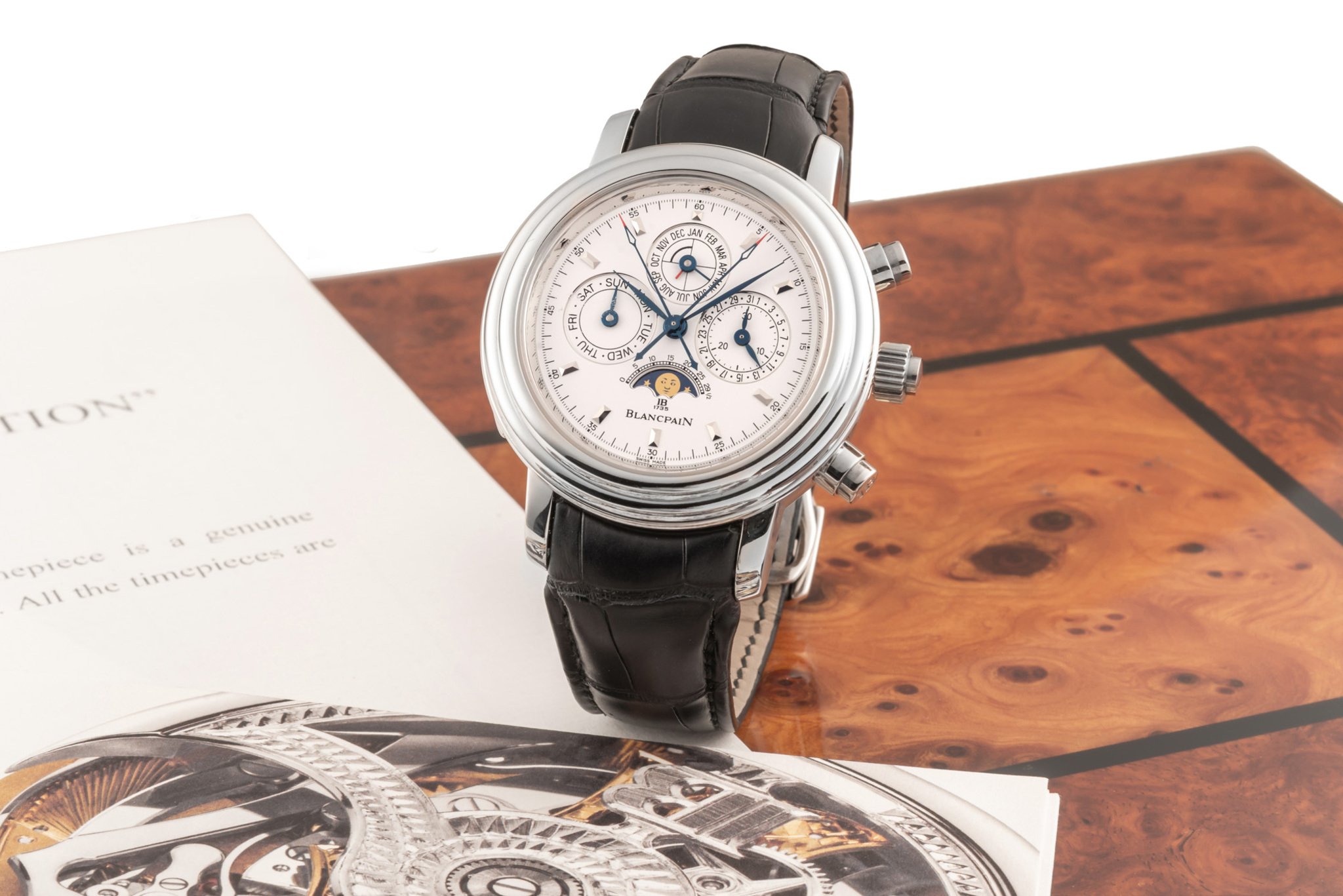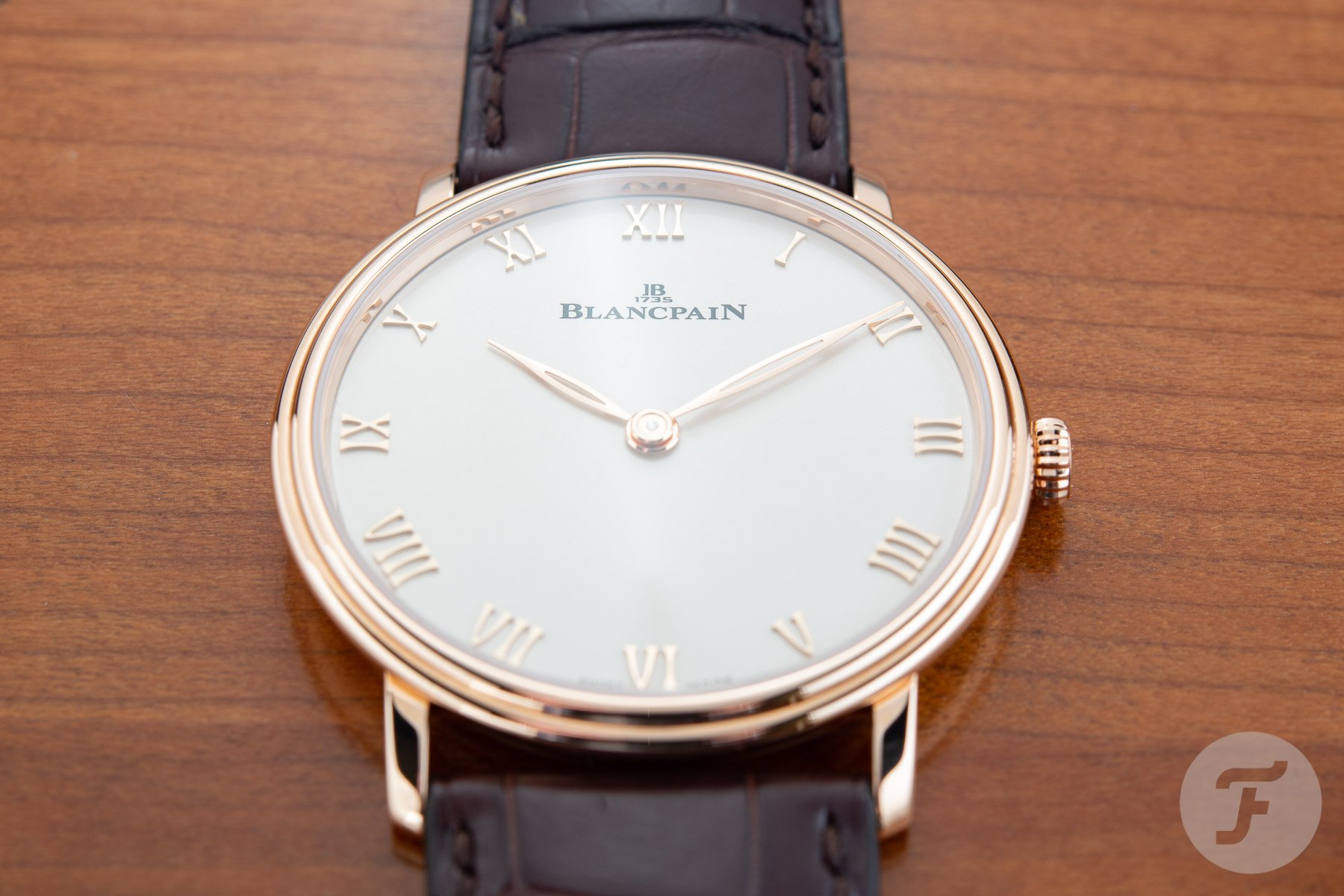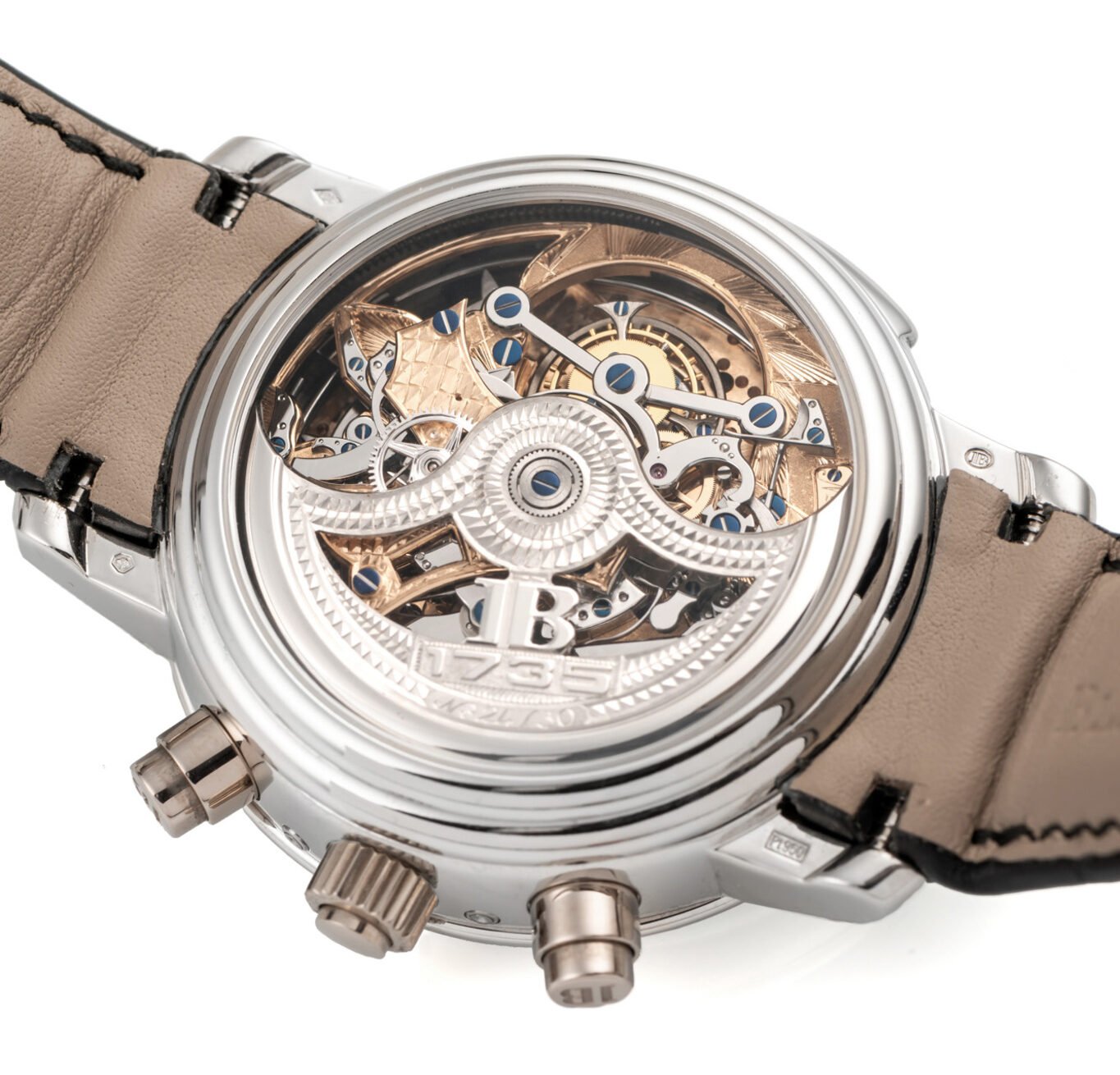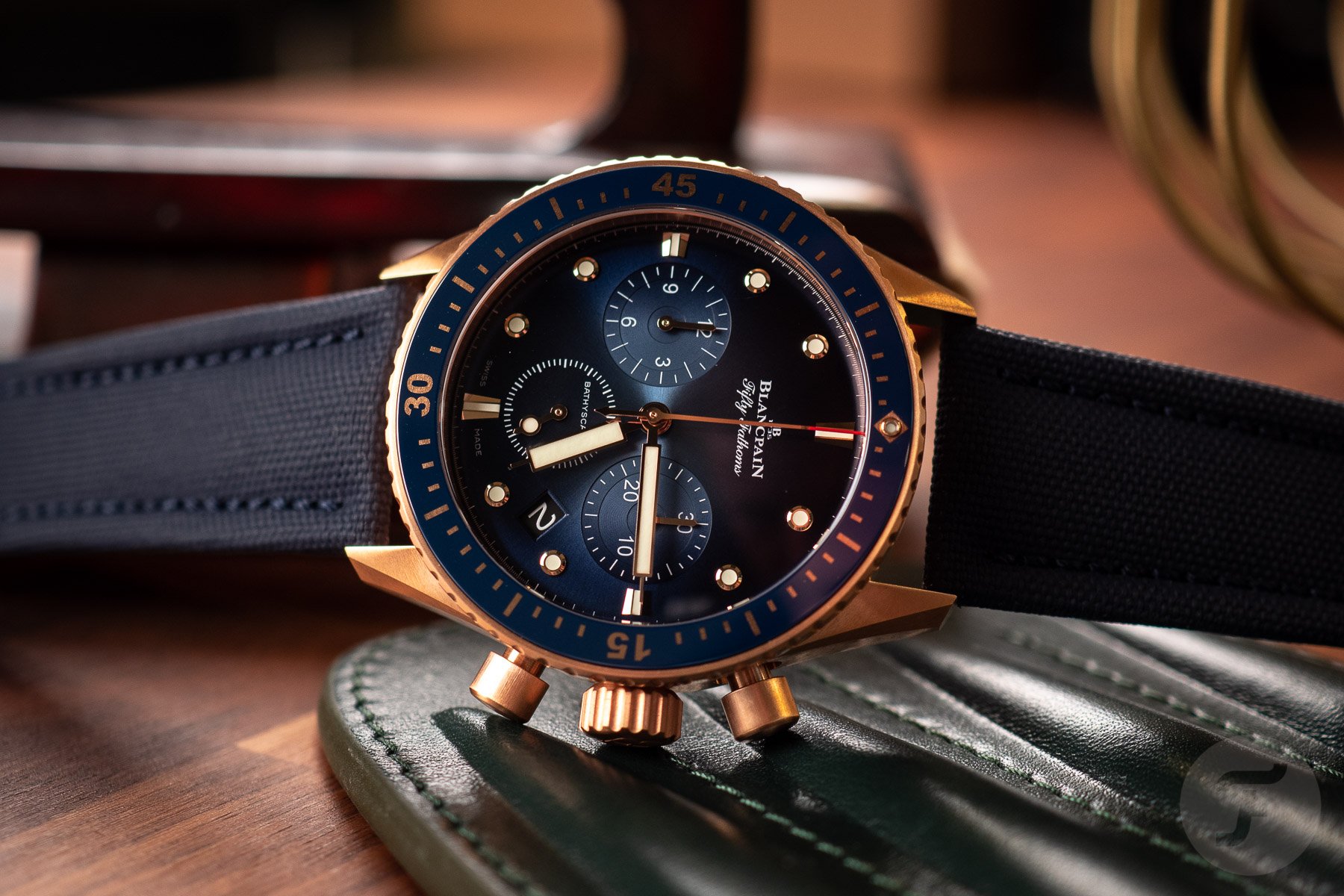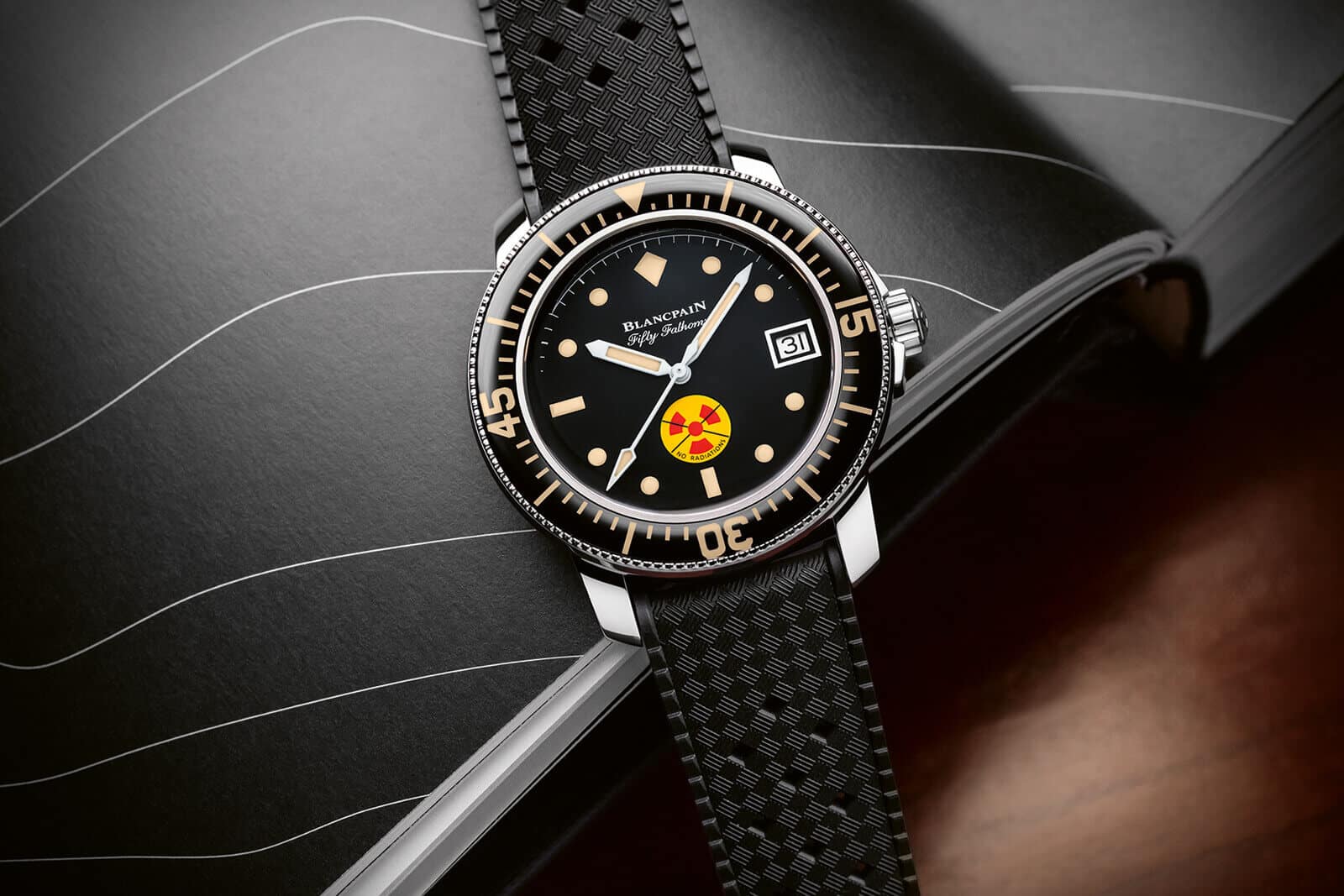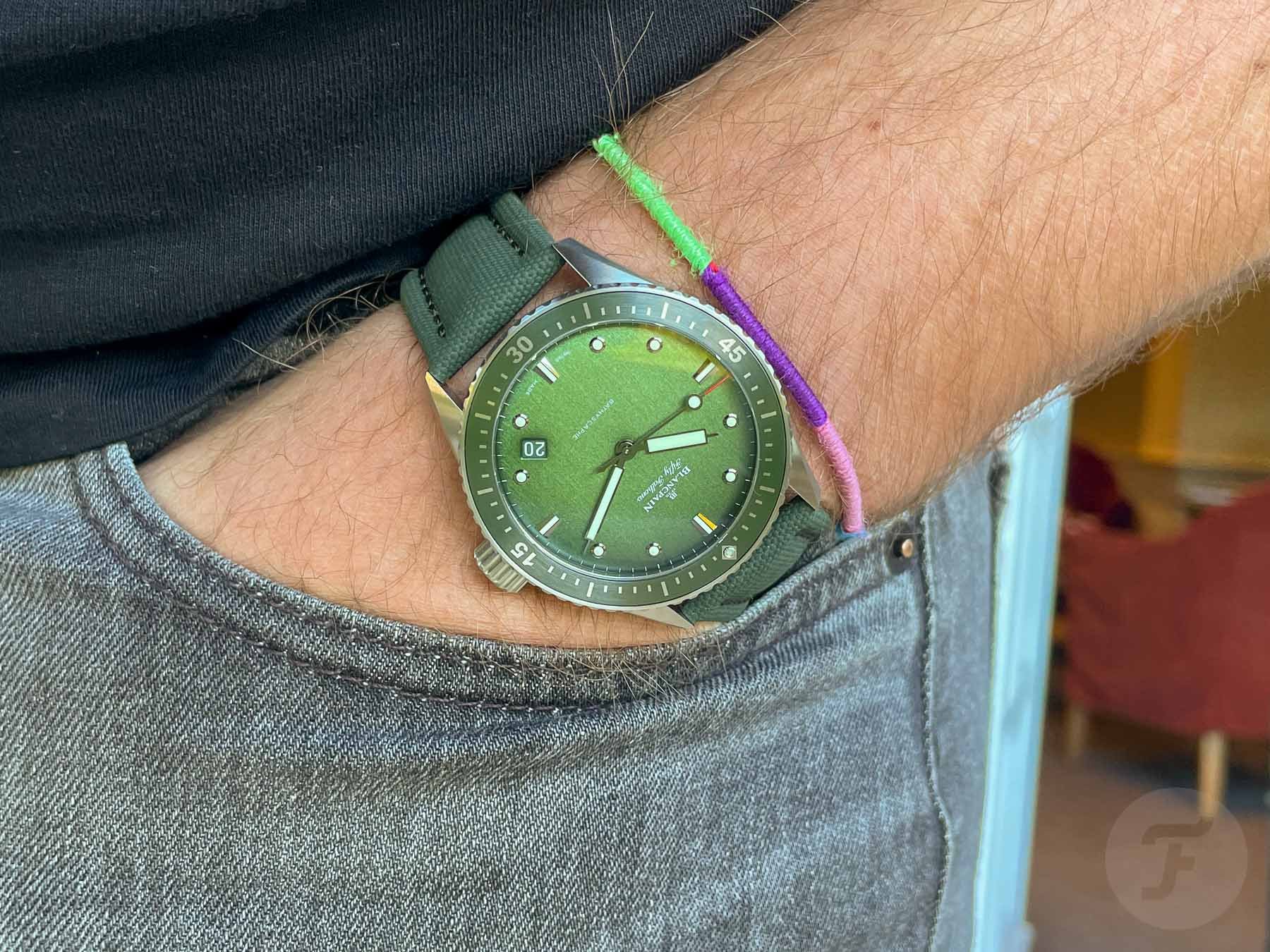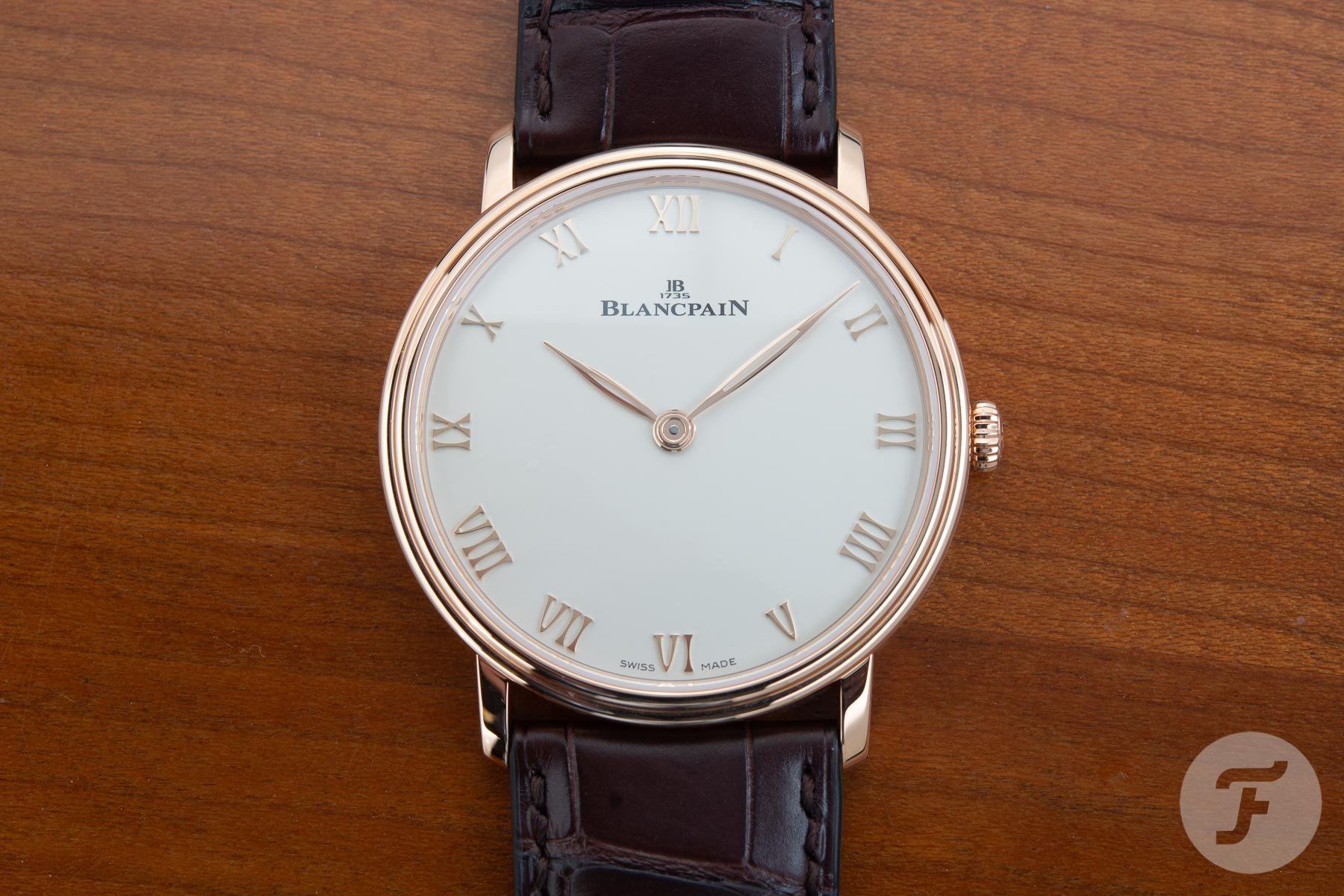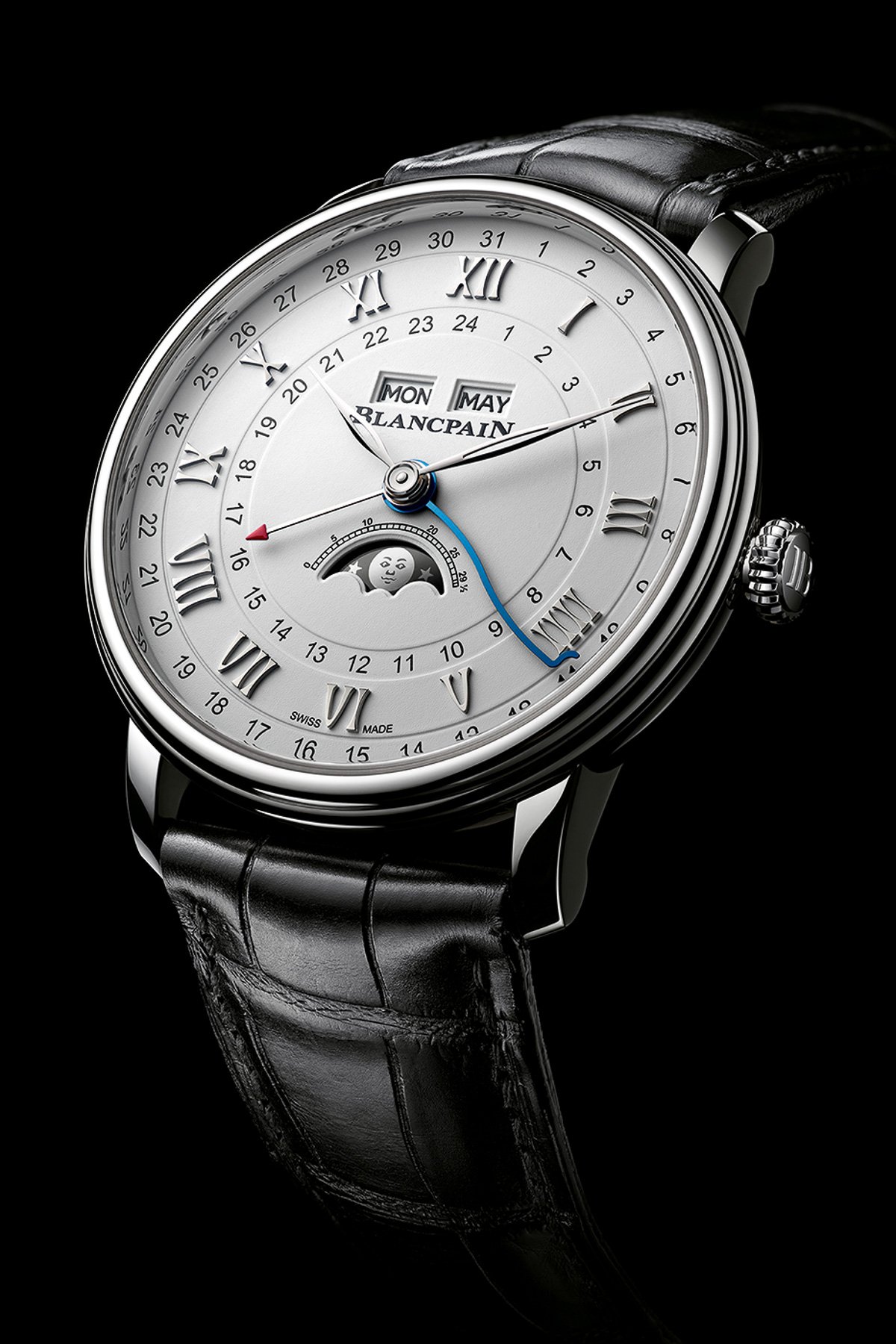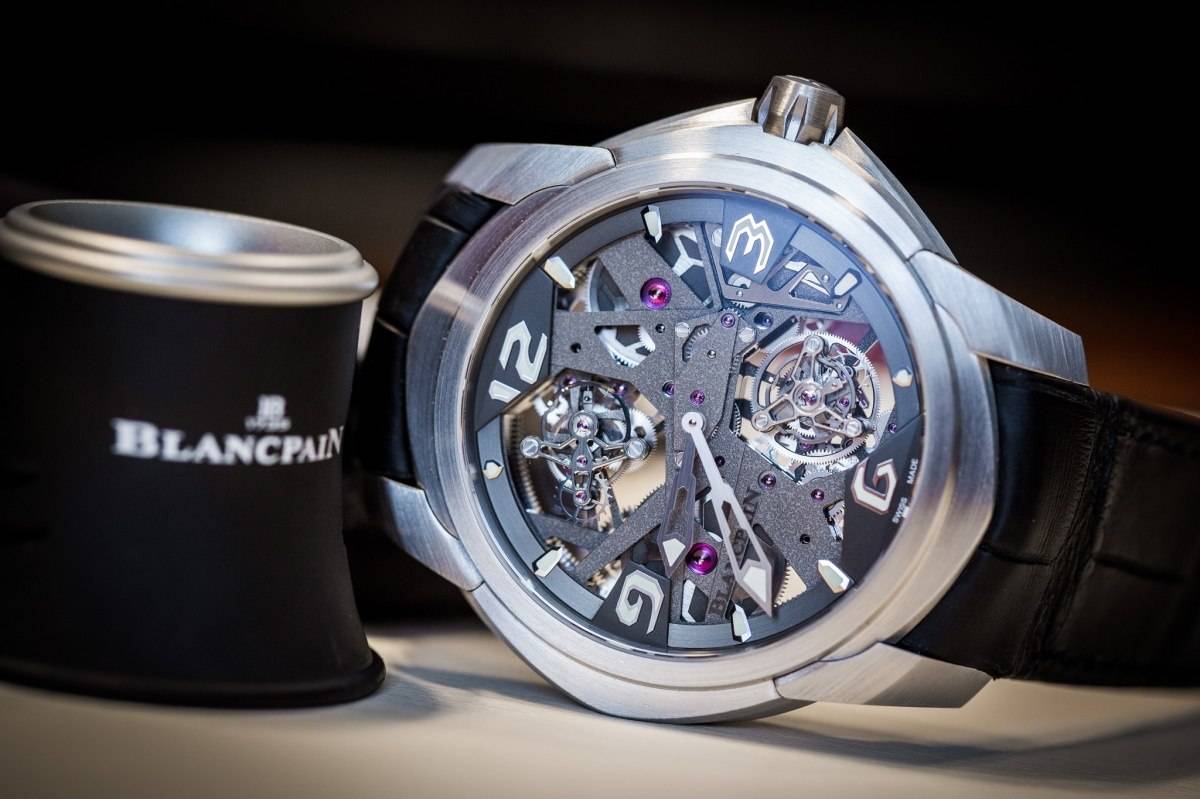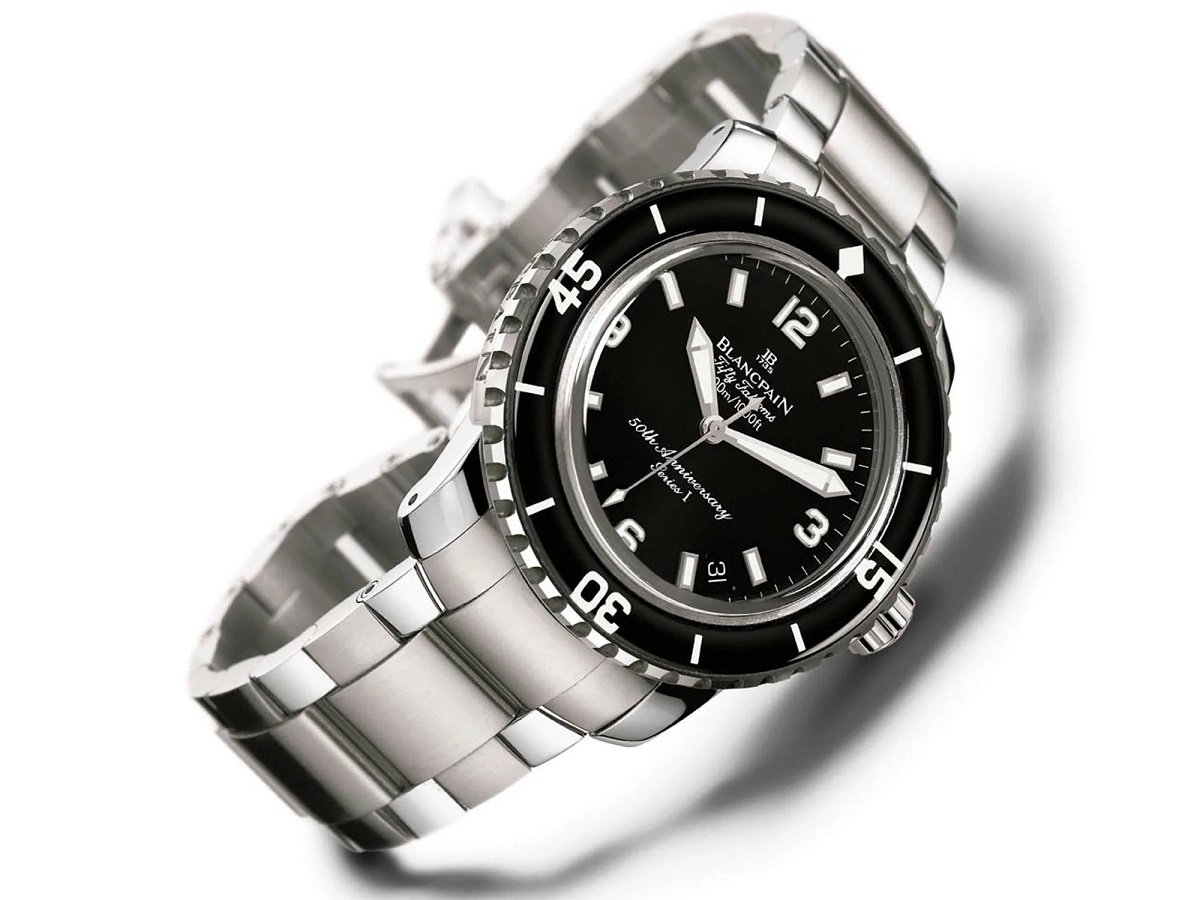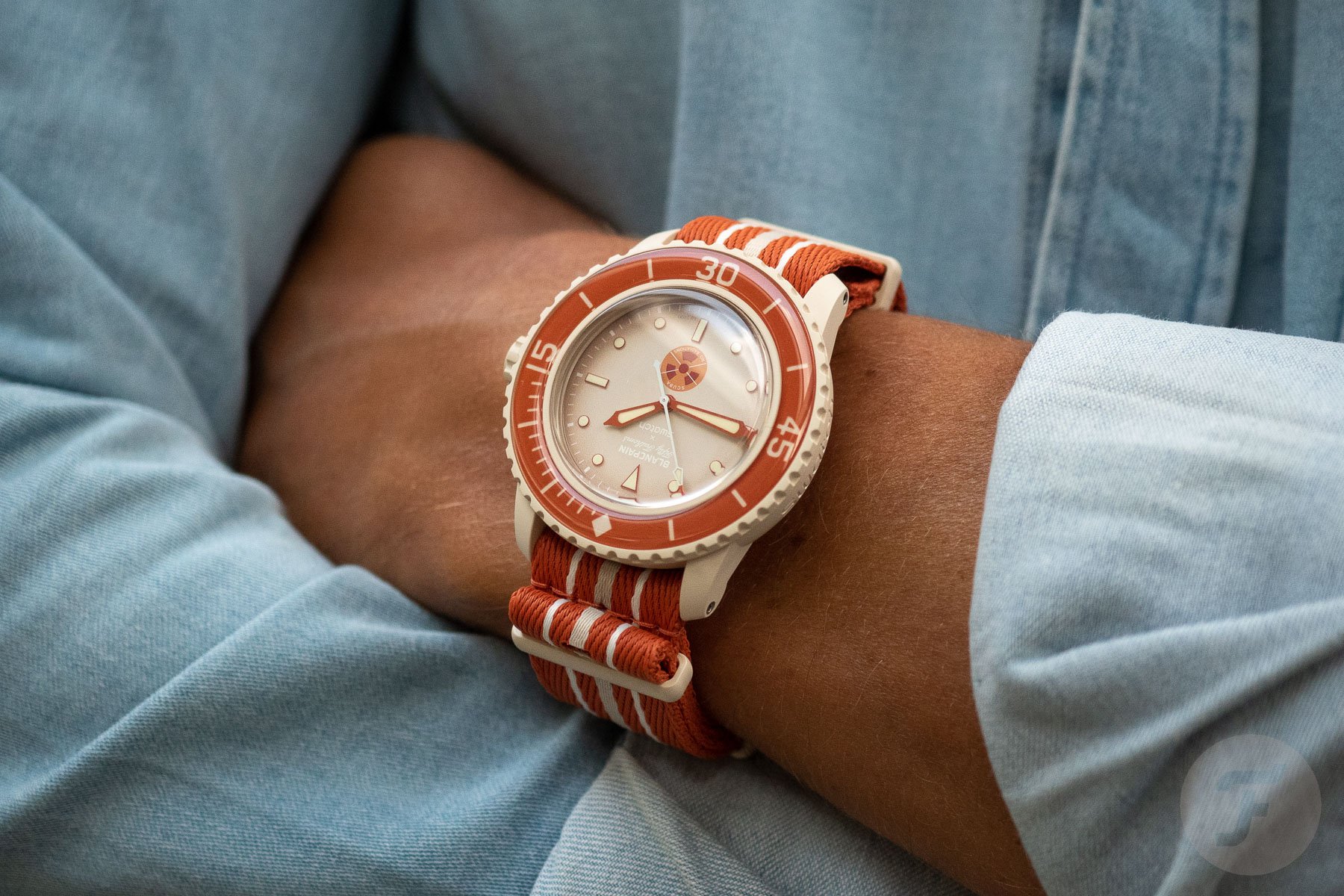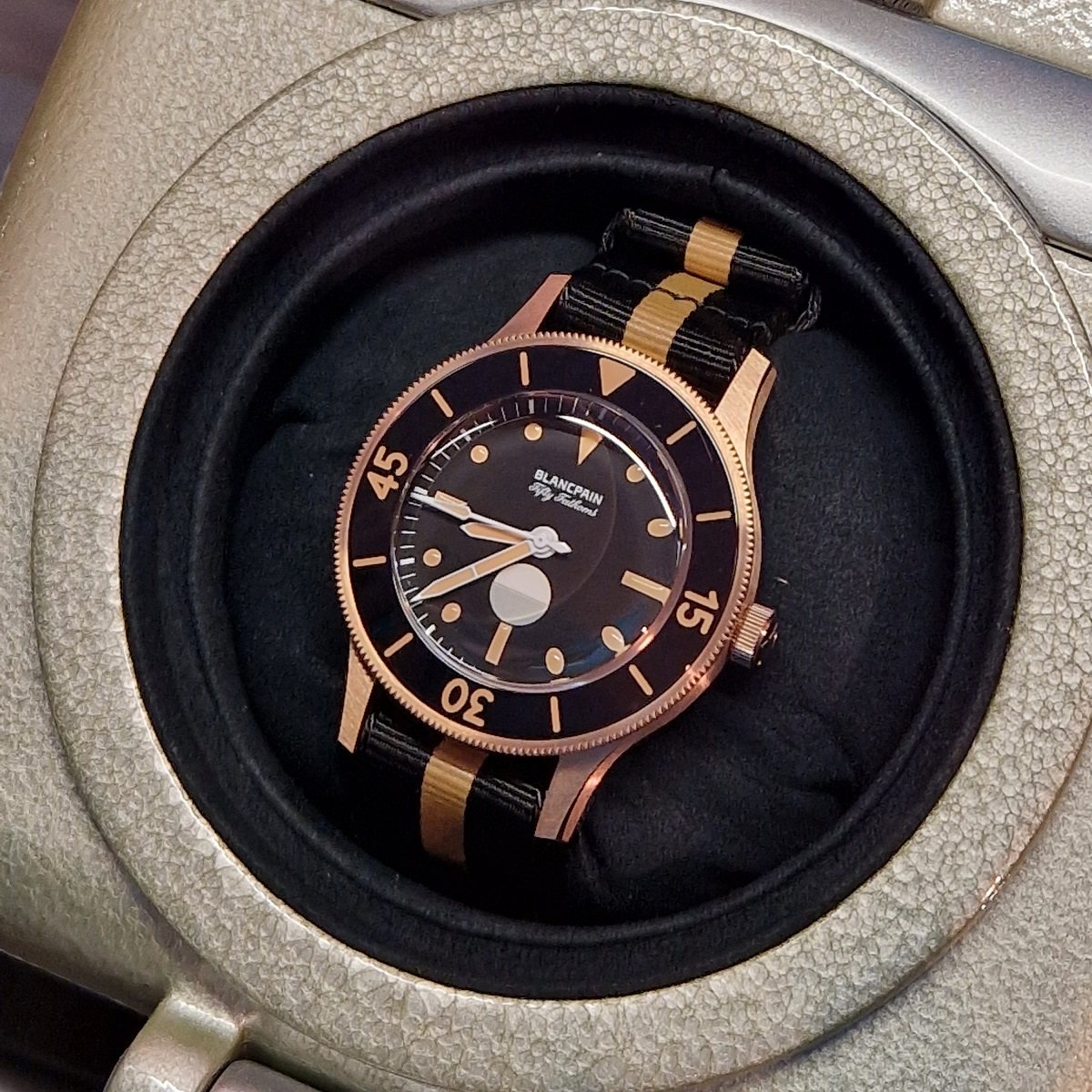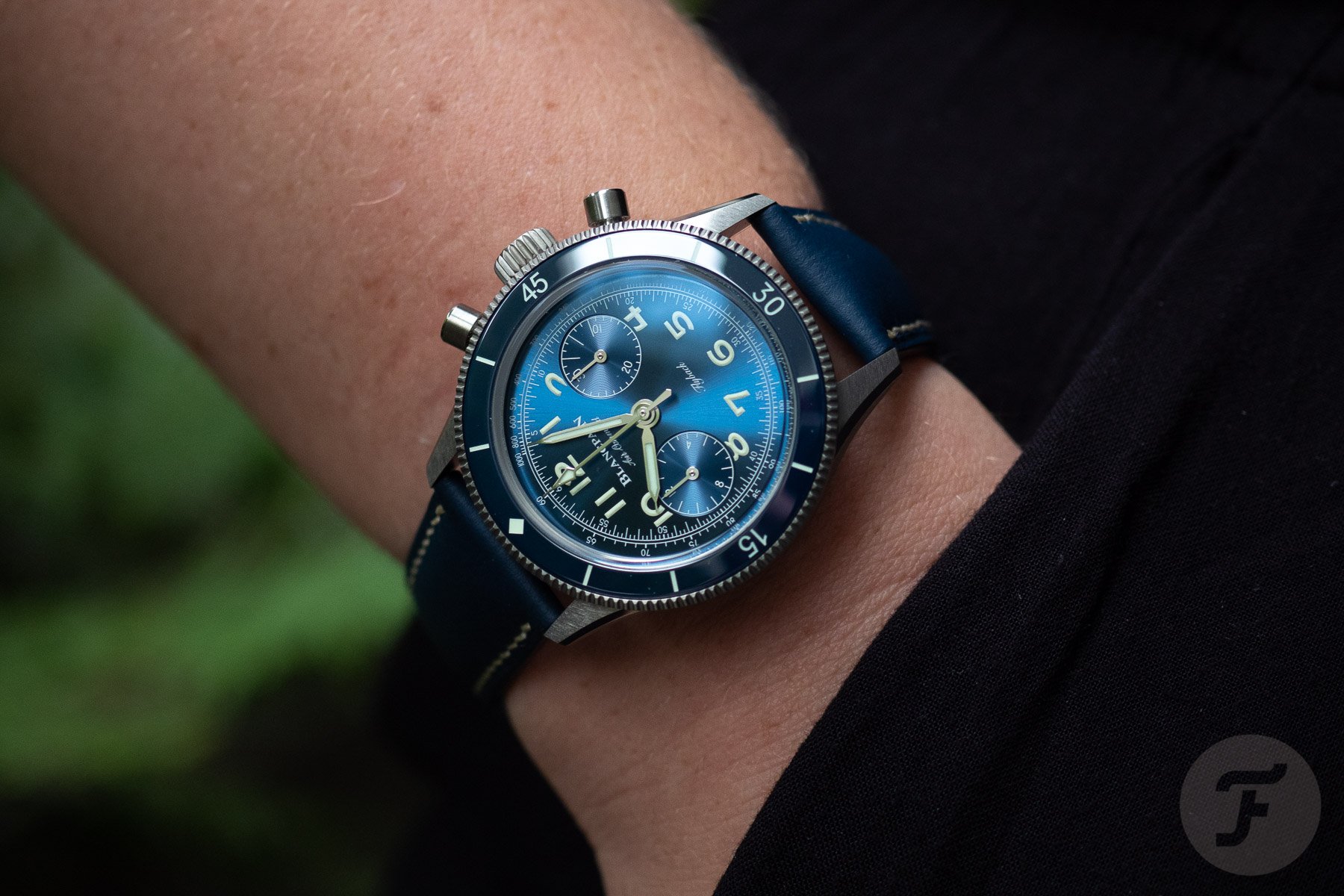Breaking Down The Brand Blancpain: Old And (Almost) Forgotten?
Imagine a brand that goes back to 1735 and is the oldest still-existing watch manufacturer. Consider that this same brand launched a timepiece in 1991 that, at the time, was the most complicated wristwatch ever produced. Surely, this brand must be the most famous and prestigious name in watchmaking, right? Wrong. Blancpain is not the most famous and prestigious name in watchmaking. Seniority and the creation of the 1735 Grande Complication, a platinum watch with a 740-part movement that took a year to assemble, didn’t propel the name Blancpain to the absolute top of the watchmaking pyramid. What happened, what’s happening, and what’s about to happen to the brand? Today, we’re breaking down the brand Blancpain.
It’s not that Blancpain’s history is just too darn long to be captivating. The story of Blancpain, which starts 288 years ago, is anything but boring. It already starts with the well-educated guess that while founder Jehan-Jacques Blancpain may have started his watch atelier in Villeret in 1735, he most likely had already started working as a watchmaker before 1725, the year he first listed that as his profession. The story continues with the founder’s grandson Frédéric-Louis. It was he who can be credited for designing an improved escapement and the design of Blancpain’s first ultra-flat watches. And almost a century after the founding, fourth-generation leader Frédéric-Emile changed the company’s name to Blancpain. He also began the construction of the largest manufacture in Villeret. After the energetic Frédéric-Emile, the Blancpain family led the company for another century. That all changed in 1932.
Breaking down the brand Blancpain: the first female CEO in the watch industry takes charge
Since no Blancpain family member was interested in running the business, Betty Fiechter, the longtime assistant of the last reigning Blancpain, took over the company in 1932. You may not have heard about Betty, but in 2023, you probably read about her nephew Jean-Jacques, the man who played a large role in creating the Fifty Fathoms 70 years ago. He and his aunt Betty led the company independently from 1950 until 1961 when they joined SSIH, a watch conglomerate of which Tissot and Omega were a part. Doing so provided the brand — then named Rayville-Blancpain — with the necessary resources to increase production and meet market demand.
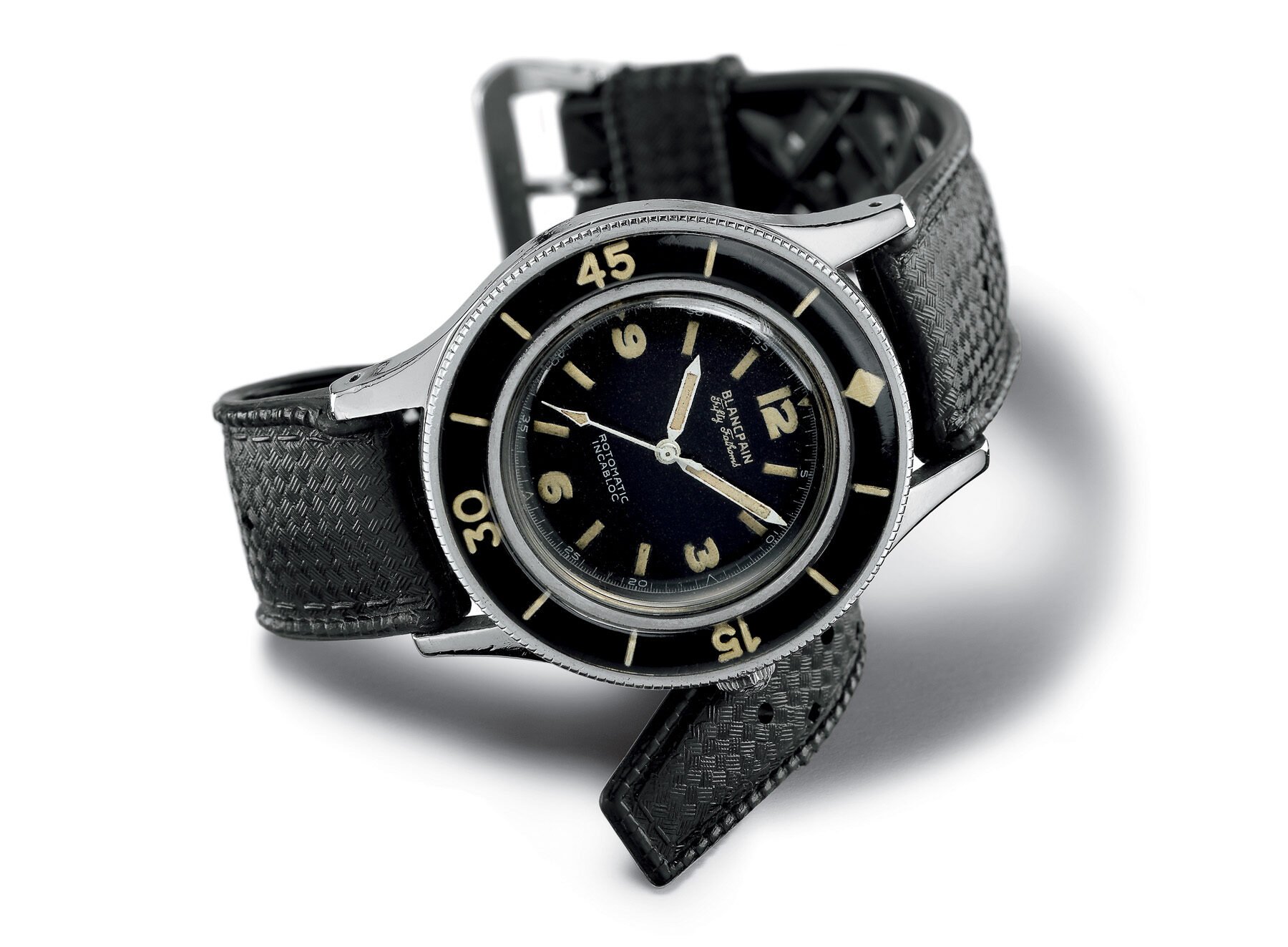
The company thrived, and in 1971, just before the devastating and irresistible rise of cheap quartz, Blancpain had an annual production of around 220,000 watches. But the battery got the better of the brand, and that’s why Blancpain made its final appearance at the Basel watch fair in 1975. In the early 1980s, Blancpain’s archives, designs, and tooling were destroyed as the Villeret manufacture was repurposed for the production of watches for fellow SSIH brand Omega. It seemed to be the definitive end of Blancpain.
Biver buys Blancpain and resurrects it
Nothing beats an arrow-straight timeline and a simple story that goes along with it, especially when it comes to manufacturers of Haute Horlogerie. If you want to be prestigious, trustworthy, and respected, presenting your clientele with a straightforward, uninterrupted story of continuous innovation, ownership, and positioning is key. The Blancpain as we know it today has an uninterrupted history that traces back to 1981, the year when Jean-Claude Biver purchased the name (only) with partner Jacques Piguet of the family-owned movement-making firm Frédéric Piguet. Biver believed, as Nicolas G. Hayek did, that after the introduction of cheaper quartz movements, mechanical watches were an emotional expression of traditional craftsmanship. The mechanical watch was no longer just a functional object. Rather, it transcended that, moving into a parallel luxury universe hovering above the real world.
Biver once said, “Since 1735 there has never been a quartz Blancpain watch. And there never will be.” As the new leader, Biver began to position Blancpain as one of the most important watch manufacturers of all time. Countering the quartz trend by focusing on high-end mechanical horology, the revived watch brand could now use Frédéric Piguet calibers and start its march to the top. The emotional positioning of the Blancpain brand also had a practical side. Since its old facilities in Villeret still belonged to SSIH, Blancpain set up a new home base in a farmhouse in Le Brassus, very close to the Frédéric Piguet production site and in the same valley that Audemars Piguet and Jaeger-LeCoultre also call home. The first new-generation Blancpain watches debuted in 1983, and inside them beat movements by Frédéric Piguet.
A Grande Complication marks a grand comeback
Creating complications certainly helped Patek Philippe build its seemingly untouchable status. So it made sense that Mr. Biver used the same strategy to put Blancpain back on the map. The brand’s next phase in life looked like a boost to push it to the very top of the Haute Horlogerie pyramid. And what better way to get there than by creating something complicated? In 1991, the Blancpain 1735 Grande Complication was unveiled. The watch contains one of the most complicated horological movements ever made and the most complicated at that time. The stunning caliber’s 740 components let the perpetual calendar keep track of the date for years to come, spin the tourbillon, time two events at once via the rattrapante chronograph, and sound the time because, yes, it is also a minute repeater.
This development marked a proper comeback for Blancpain, this time as a true manufacturer of Haute Horlogerie. When Biver and Piguet bought the brand name from SSIH in 1981, they paid just CHF 21,500. But in 1992, they sold both Blancpain and Frédéric Piguet to the Swatch Group, SSIH’s successor, for CHF 60 million (!).
Blancpain under the Hayek family
When the watch group led by Mr. Hayek bought both Blancpain and Frédéric Piguet, Biver left — for three weeks. At first, he didn’t want to work for/under Hayek, but then he changed his mind, called him on the phone, asked for a job, and got to manage not just Blancpain but also Omega. All went well. The brand introduced a plethora of watches with interesting calibers provided by their “in-house” movement supplier Frédéric Piguet. Blancpain was at the top of the Swatch Group pyramid until Breguet also became part of the conglomerate in 1999.
The Breguet name is arguably the strongest in watch history, so the newly acquired brand was immediately placed on the very top of the Swatch Group pyramid. That put Blancpain in its shadow, out of which it never managed to crawl. Biver left and went on to lead both Hublot and TAG Heuer, dabble in things like cheesemaking, and establish a brand of his own alongside his son Pierre. These days, Marc Hayek is the president and CEO of Blancpain. And in the meantime, Frédéric Piguet was renamed to Manufacture Blancpain 13 years ago.
How to deal with Blancpain’s history
When you explore Blancpain’s website, the story about the manufacture starts by telling you that the brand’s “roots are divided into two branches.” Two branches usually lead to brand names like Patek Philippe, Audemars Piguet, and Jaeger-LeCoultre. But in the case of Blancpain, they didn’t. The first branch is the story that originated in Villeret. The second one is the Frédéric Piguet branch from Le Brassus. And that last one, which started to grow in 1859, merged with Blancpain in 1981.
Okay, so why not, when the two branches merged into the same tree, name it Blancpain Piguet? Well, would have to deal with “AP” and “BP” now. But it could have even been called Piguet Blancpain, for that matter. Combining two names certainly didn’t harm Patek and Philippe, so why didn’t Biver and everyone else involved think of this? Yes, the name Blancpain still did ring a bell back in the 1980s, but it didn’t sound as loud as it once did.
Frédéric Piguet is a crucial element in the long history of Blancpain, but it’s also a relatively unknown story. Furthermore, it creates a bit of confusion when you consider that Frédéric Piguet was renamed Manufacture Blancpain in 2010. It almost feels a bit disrespectful to the celebrated movement manufacturer that made Blancpain 2.0 possible. Other elements that have an impact on brand perception are its ceased production in the late 1970s and the destruction of almost everything Blancpain, the acquisition by two watch conglomerates (first SSIH and Swatch Group later on), and also the fact that the brand died in Villeret and came back to life in a different village 111 kilometers away.
Blancpain 2.0 watches
But what about the watches? Well, before we dive into that, we should realize that for a while, modern-day Blancpain was all about racing Lamborghinis, smoking cigars, and enjoying gastronomy. Now it’s all about diving and saving the ocean, which is arguably the most sustainable activity of all. Now it’s all about the Fifty Fathoms, the 70-year-old dive watch. But it wasn’t after the rebirth. It was all about round, gold watches with white dials. It was about watches that are the predecessors of the current, 194-strong Villeret collection, the heart and soul of Blancpain — the Fifty Fathoms is the backbone, of course. Shouldn’t there be a Le Brassus collection as well? Maybe, but that town is AP territory forever. And what about Le Sentier, the brand’s current domicile? Well, to many, Le Sentier equals JLC.
The Blancpain Villeret collection
The stepped bezel is a distinct feature of a watch from the Villeret collection. And so is the round case and the white dial. These are the features that Biver defined as typical of Blancpain when he resurrected the brand. He also once said that he wanted to create sober watches, beautifully finished and with additional complications like a moonphase indicator. To Biver, the moonphase display represented “nostalgia and poetry.” To me, the almost caricatural moon “face” represents the brand Blancpain. And the moon keeps on smiling in watches like the Villeret Quantième Complet 6654.
Biver introduced the “the living museum of the past” concept, and the current Villeret collection is just that. But while classic complications from a brand like Patek create a stir, their Blancpain counterparts don’t. Auction results and secondhand prices prove as much — please take a look at the 1,788 Villeret references on Chrono24. That’s weird when you consider that the calibers have a strong link with famous movement maker Frédéric Piguet. They’re innovative movements, no less. For instance, they included the patented invention of correctors beneath the lugs, which eliminates the need for correctors in a more visible spot on the side of the case.
Who remembers the L-Evolution?
It wasn’t just Biver who had ideas about what a Blancpain watch should look like. Marc Hayek also had an idea. His vision materialized in 2009, and it was called the L-Evolution. The initial collection included the Automatique 8 Jours, Moon Phase 8 Jours, Alarm GMT, and Tourbillon GMT. What these L-Evolution timepieces had in common were three distinct design elements — a very prominent, complicated, and sporty-looking 43.5mm stepped case, oversized numerals, and three-dimensional skeletonized dials. They were exuberant and aimed at a young audience, but the combination of contemporary design elements and classic ones, such as large Roman or Arabic numerals, was a bit too avant-garde to make a lasting impression. The collection didn’t stick around for very long.
The heaven-sent retro trend
Admittedly, the retro trend has now been raging for almost too long to be called a “trend” anymore. Still, retro kind of saved Blancpain from slowly sliding into oblivion. The Fifty Fathoms might very well be a revolutionary dive watch — the first modern dive watch, even. Strangely enough, it never got any real attention in mainstream or even watch media for ages. Only in the 1970s did the leading publication Europa Star feature different versions of the dive watch. The Fifty Fathoms was first revived in 1996 with the Trilogy series, and eventually, the historic model and, later on, its very retro-looking Bathyscaphe cousin put Blancpain back in the spotlight. This year was the temporary highlight of the watch.
The Fifty Fathoms 2023 spectacle started with Act 1, a series of three times 70 watches in steel 42.3mm cases that pay homage to the 50th-anniversary version of the Fifty Fathoms from 2003. It continued with Act 2, the instrumental Tech Gombessa in its 47mm titanium case with an innovative timing system capable of measuring a dive of up to three hours. The five-watch strong Blancpain × Swatch Scuba Fifty Fathoms collection felt like a highly distracting intermezzo. And the final watch of 2023 was the Fifty Fathoms 70th Anniversary Act 3. Now what?
Blancpain in 2024
Blancpain isn’t going to celebrate the 71st anniversary of the Fifty Fathoms next year. But what is the brand going to do instead? The Villeret collection is a staple, a slow-burning set of watches that are the materialization of traditional high horology, not a bright, shining star that takes center stage and wows the crowd. The Fifty Fathoms is way more like that. But a dive watch that outshines everything in the catalog of an Haute Horlogerie maker is also not a very healthy situation. If only the Fifty Fathoms were more like the super luxurious Nautilus or Royal Oak. But it isn’t, and it never will be.
The Air Command collection is just five chronographs strong and, although very attractive, is quite possibly also not the watch that Blancpain can lean on for at least a year. Creating a new collection may be the best idea, but that’s not an easy thing to do. The L-Evolution collection — perhaps a Code 11.59 avant la lettre — didn’t do what it had to do. So what will? Marc Hayek already talked about something new on the way and a strategy that doesn’t just involve the 105-strong Fifty Fathoms squad. What it will be? Your guess is as good as mine. But for the sake of Blancpain as a relevant and important brand with such a long history, I hope that Marc Hayek knows very well what will bring his brand success. Let’s hope he’s not just guessing like you and me.
Take a look at Blancpain’s official website, and find out if the current lineup speaks to you. Also, see if you can find what you think will ensure a bright future for this historical brand in its current collection.
Featured image: Amsterdam Watch Company

